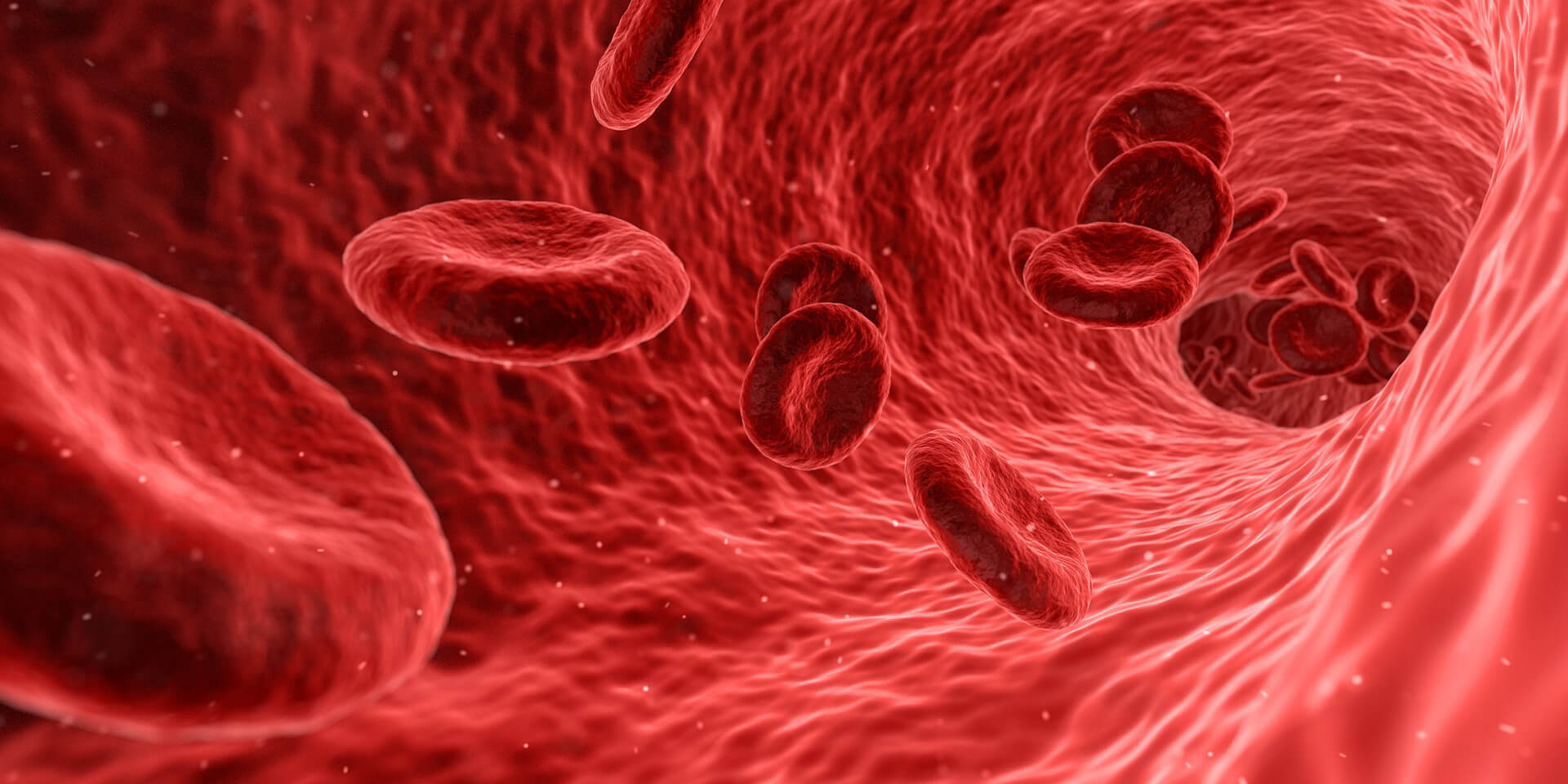
Until now, craniocerebral traumas after head injuries can usually only be diagnosed with the aid of computer tomography. This could soon be a thing of the past. With a new blood test, it would be possible to find out whether there is a serious injury even before the extensive examination.
As soon as someone gets injured in the head, the consequences can range from a slight concussion to craniocerebral trauma. It can be life-threatening for the patient, especially if large amounts of blood press on the brain. Fast action is necessary, possibly an emergency operation must be carried out. Doctors usually have to decide under time pressure which treatment is the best and whether an examination with a computer tomograph (CT) is necessary.
Examination for two proteins
A new blood test could facilitate this decision. The method was developed by an international team in which Prof. Dr. Peter Biberthaler of the Department of Trauma Surgery at University Hospital right of the Isar at TUM was significantly involved, as the first author of the research. The new method involves testing the blood for two biomarkers. These are the proteins UCH-L1 and GFAP. Depending on the amount in which they occur in the blood, it can be predicted whether there is bleeding in the brain. Dr. Viktoria Bogner-Flatz from the Department of General, Trauma and Reconstructive Surgery of the Clinic of the Ludwig-Maximilians-University Munich was also involved in the study and the publication.
Blood test with a reliable forecast in 99.6 percent
To determine whether a CT examination is necessary, a series of tests are necessary. They provide values for the so-called Glasgow scale. For example, it tests whether accident victims can open their eyes independently or speak without problems. The best value that can be achieved is 15 for adults. If this is the case, clinical guidelines in several countries prescribe that patients should be examined using computer tomography.
As part of a study, the blood test was performed on more than 1,900 patients in emergency rooms in the USA and Europe. According to the Glasgow scale, the patients were not or slightly impaired. In addition to the blood test, CTs were performed on all persons.
Promising results
The test result was negative for 671 study participants. The CT examination also confirmed that there were no injuries. Patients with severe injuries, that were detectable in a CT scan, also showed a positive result in the blood test. The physicians involved in the study assume that small injuries, which are also difficult to detect with CT, can thus also be detected. The blood test was positive in two-thirds of patients, but computer tomography was not.
Future
With the new blood test, not only costly CT scans could be avoided in the future, but also the exposure of patients to X-rays. Especially in people with mild craniocerebral trauma with Glasgow values just under 15 and if no bleeding is detectable in CT, the blood test would provide more accurate results. The physicians expect a savings potential of about one third, if the test procedure should become part of everyday clinical practice.
Photo: Pixabay
Read more about TUM Munich:
Eurotech is “not only delivering our students as top engineers but also as top entrepreneurs”
A longer life and a shorter charging time for batteries in electric cars








